Are Plastic Boxes For Storage Safe for Food Items?
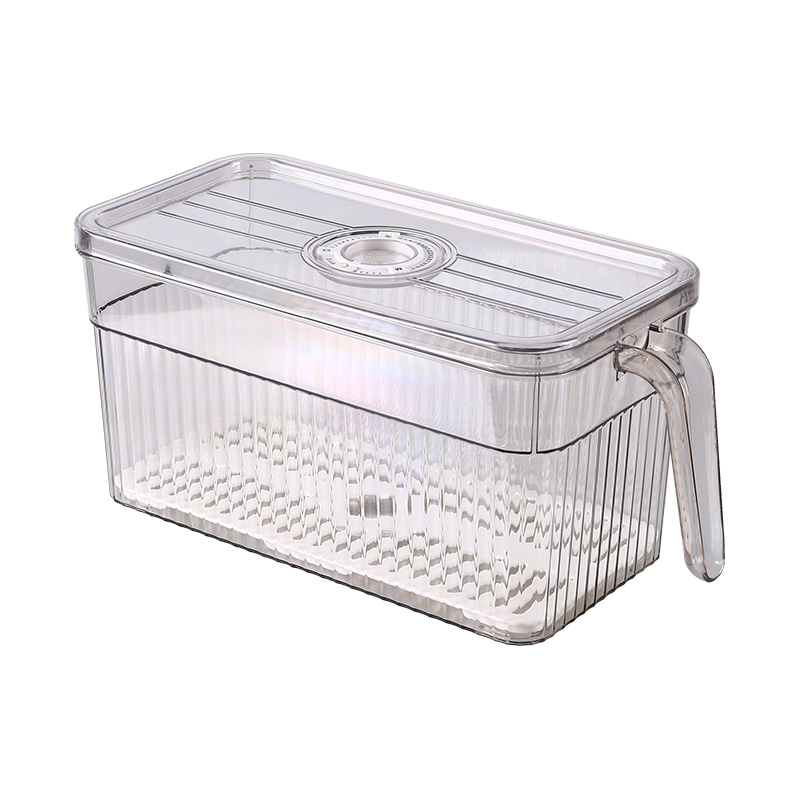
Plastic boxes for storage are commonly used in homes, commercial kitchens, and food processing facilities. They offer convenience, durability, and stackability, making them a popular choice for organizing pantry items, leftovers, and bulk ingredients.
Types of Plastic Materials
Not all plastic boxes are suitable for food storage. Food-safe plastics are typically made from polyethylene (PE), polypropylene (PP), or polyethylene terephthalate (PET). These materials are non-toxic, resistant to chemical leaching, and can withstand temperatures suitable for refrigeration or freezing. A Plastic Box For Storage labeled as food-grade is manufactured to meet specific safety standards, ensuring that no harmful substances migrate into the food. Avoid containers made from unknown or recycled plastics unless they are explicitly certified for food contact.
Food-Grade Certification
When considering plastic boxes for food storage, checking for proper certification is crucial. Food-grade plastics often carry markings such as the fork and cup symbol or resin identification codes like #1 (PET), #2 (HDPE), or #5 (PP). These markings indicate compliance with regulatory standards set by organizations like the FDA or EU. Choosing a certified Plastic Box For Storage reduces the risk of chemical contamination and ensures that the container is designed for safe contact with edible items.
Temperature Considerations
Plastic boxes for storage vary in their heat and cold tolerance. Some can handle freezing temperatures without cracking, while others are designed to be microwave-safe. It is important to follow manufacturer guidelines regarding temperature limits. Placing a non-heat-resistant box in an oven or exposing it to boiling water may release harmful chemicals into food. A Plastic Box For Storage that is rated for the intended temperature range ensures safe storage and prevents deformation or contamination.
Cleaning and Maintenance
Proper cleaning and maintenance are essential for food safety. Plastic boxes should be washed thoroughly with warm, soapy water after each use. Avoid using harsh chemicals or abrasive scrubbers that can damage the surface and create micro-cracks where bacteria may grow. Some plastic boxes are dishwasher-safe, but it is important to verify this with the manufacturer. Regular cleaning ensures that a Plastic Box For Storage remains hygienic and prevents cross-contamination between different food items.
Avoiding Harmful Additives
Certain plastics may contain additives like BPA, phthalates, or other chemicals that could pose health risks if they migrate into food. Many modern food-grade plastics are BPA-free, reducing concerns about chemical leaching. When purchasing a Plastic Box For Storage, it is advisable to check for labeling that confirms it is free from harmful additives, especially if the containers will be used for acidic or fatty foods, which can increase the likelihood of chemical migration.
Practical Tips for Safe Usage
- Always use containers labeled as food-grade for edible items.
- Avoid storing hot liquids in plastic boxes not designed for high temperatures.
- Inspect boxes regularly for cracks, discoloration, or wear that could compromise safety.
- Keep separate boxes for raw and cooked foods to prevent cross-contamination.
Plastic boxes for storage can be safe for food items when they are made from certified food-grade materials, used within recommended temperature ranges, and maintained properly. Selecting containers from reputable manufacturers and following usage guidelines ensures that a Plastic Box For Storage provides a convenient and hygienic solution for storing a variety of foods. Awareness of materials, certifications, and cleaning practices helps protect both the quality of the food and the health of those consuming it.
Hot Products
-
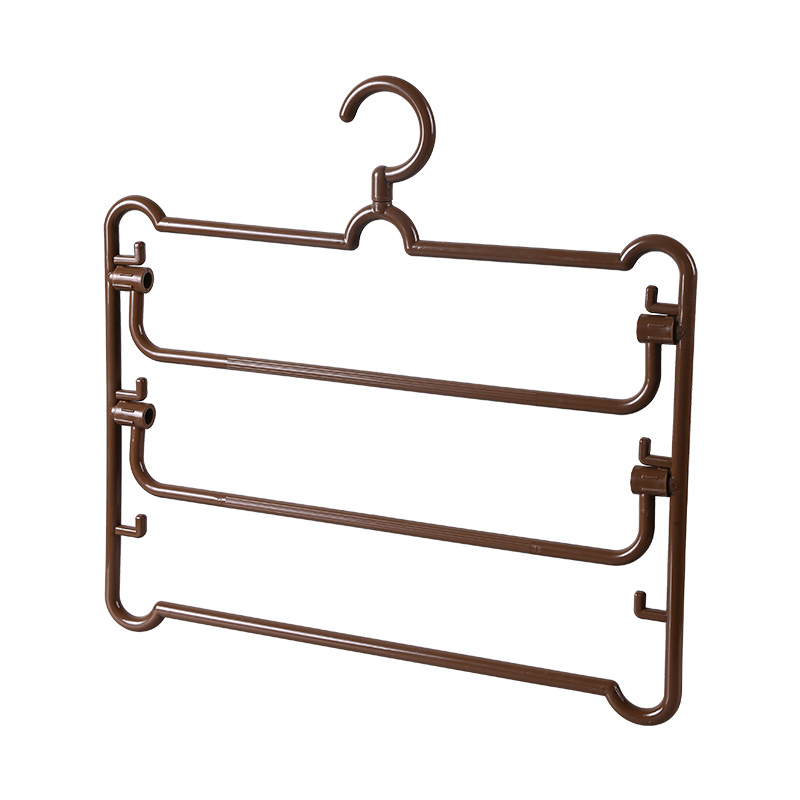
Plastic Pants Hanger (3 Bars)
-
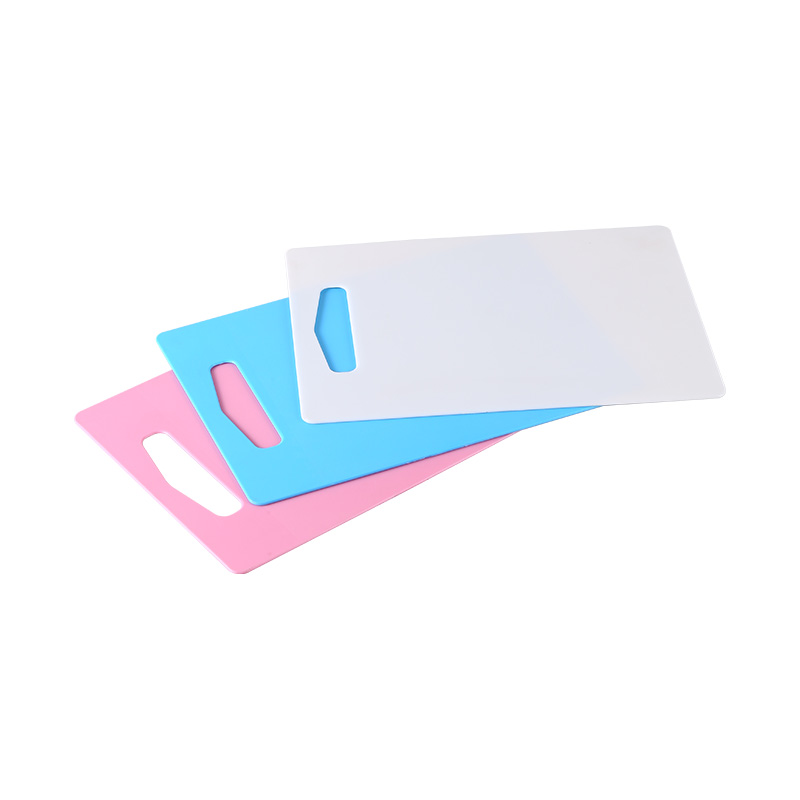
Plastic Chopping Board Food Cutting Block Mat Tool
-
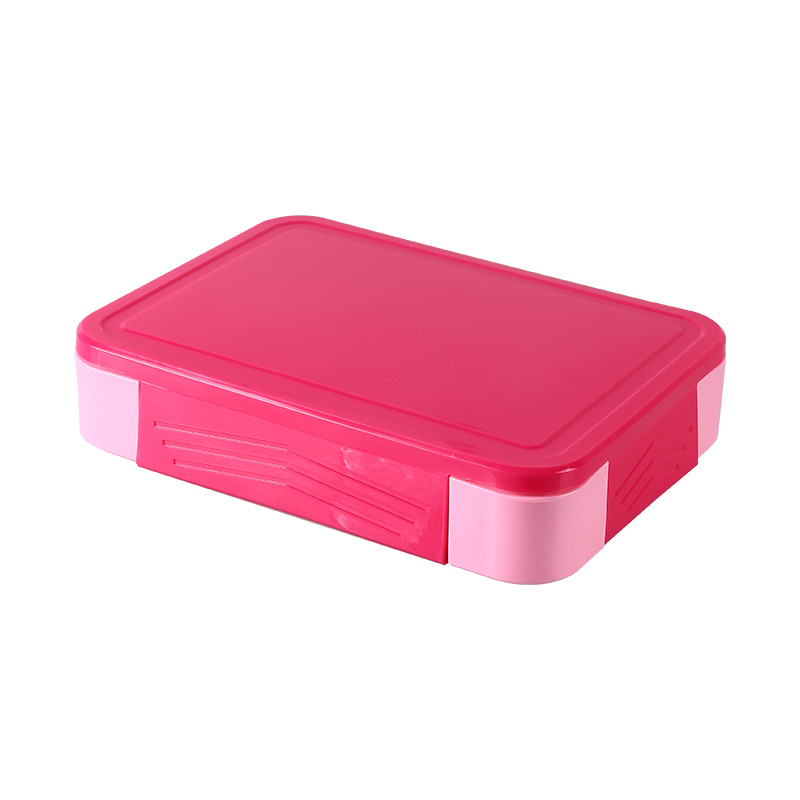
Food Storage Container For Adult Kids All-In-One Lunch Box
-
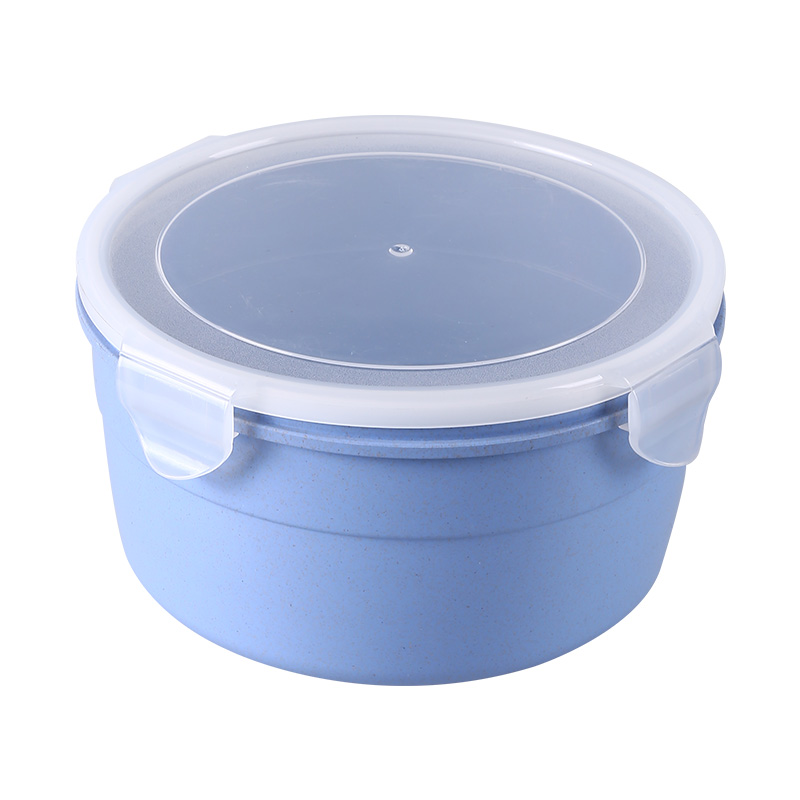
Mini Round Food Preservation Box
-

Refrigerator Storage Box Freezer Handle Storage Container
-
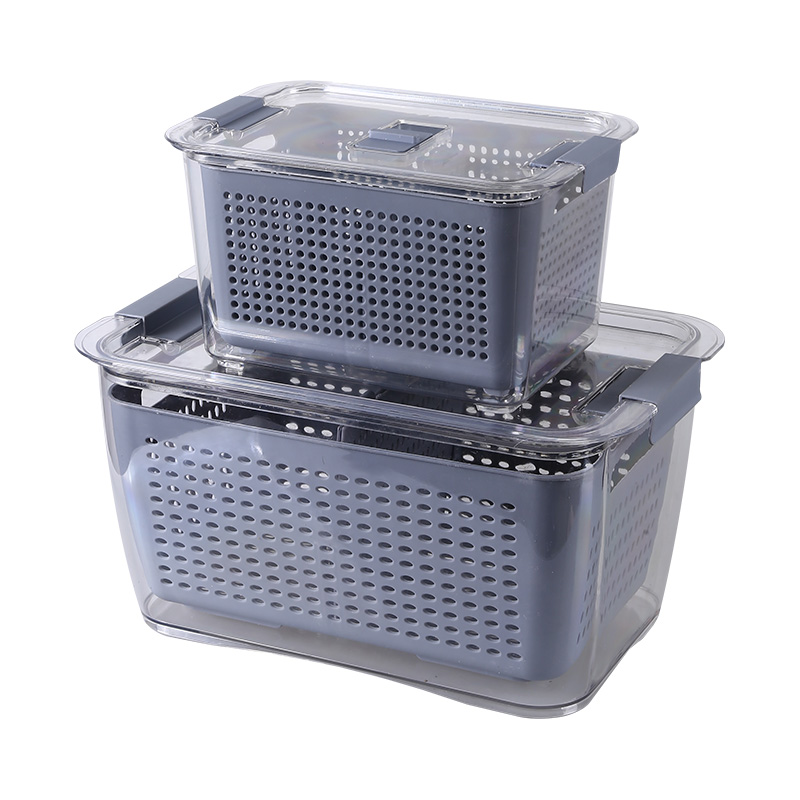
1pc Refrigerator Storage Box With Lid And Drain Basket Fruit Storage Containers Transparent Saver Container Food Organizer Bins
-
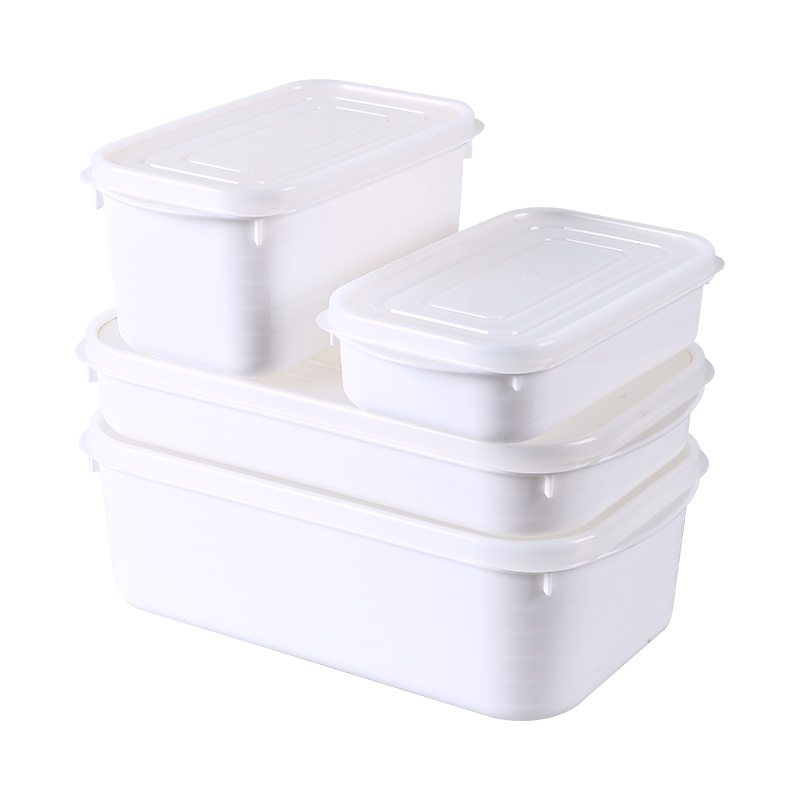
Food Storage Large Capacity Fresh-Keeping Eco Reusable Box Bento Food Leakproof Container
-
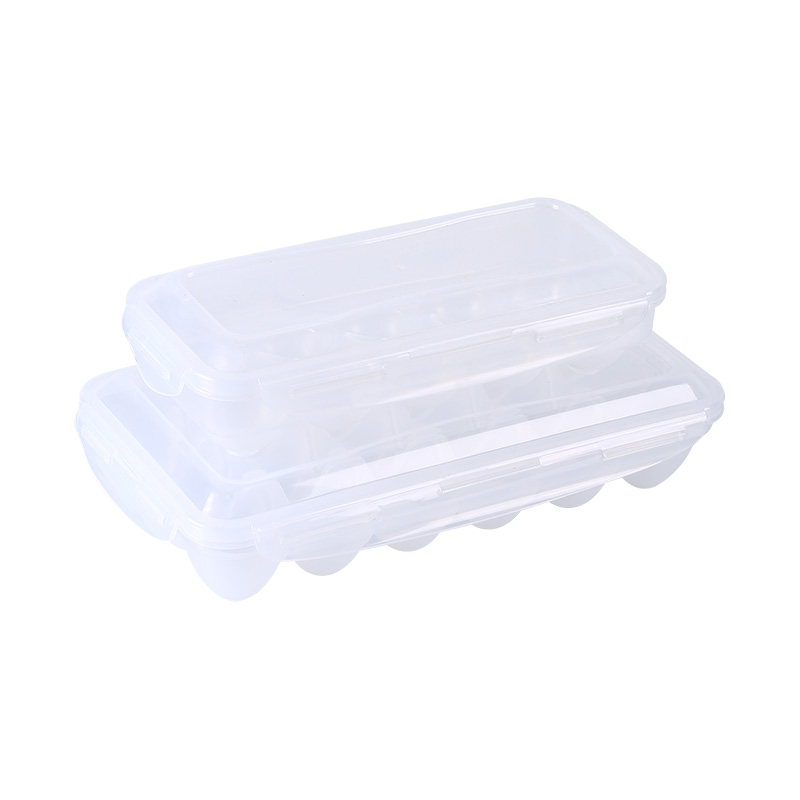
PP Plastic Egg Tray Storage Box
-
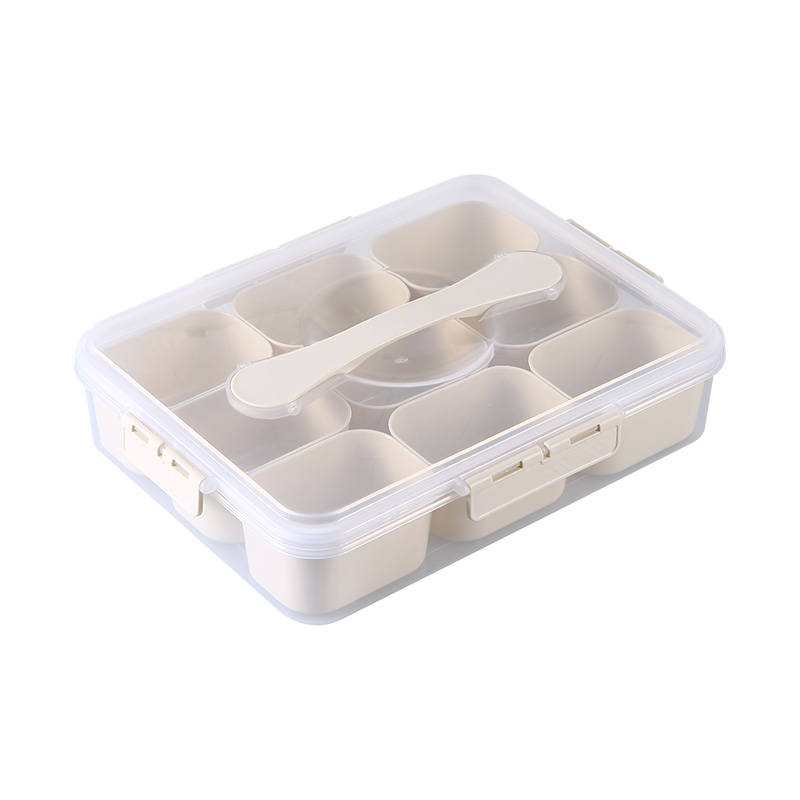
9 Compartment Divided Serving Tray With Lid And Handle Dried Fruit Storage Box
-
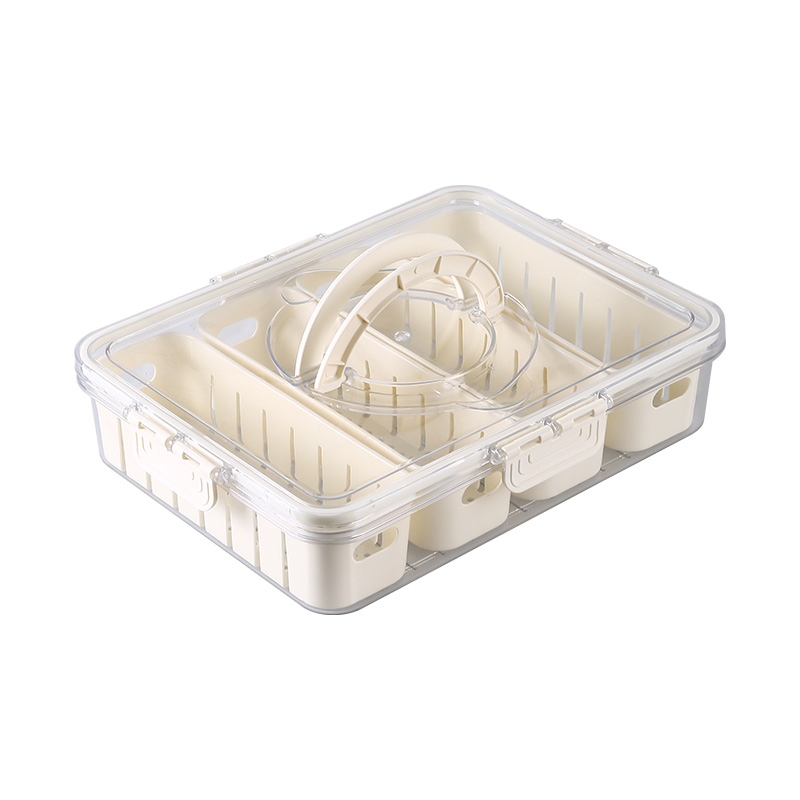
PP Material Handheld Fresh-Keeping Sealed Box Dry Food Classification Storage Box
-
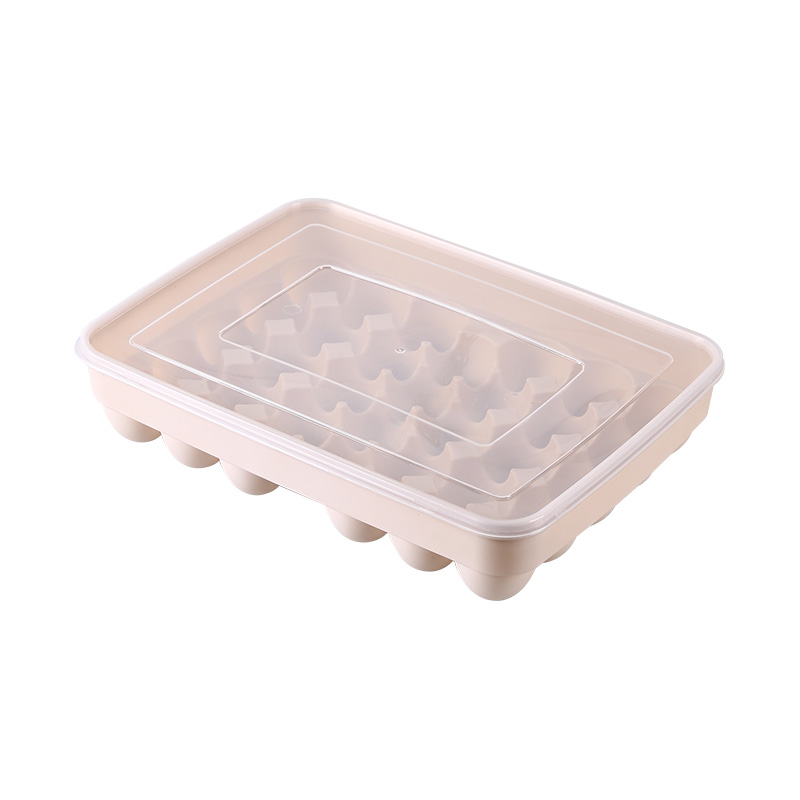
Refrigerator Storage Multi-Grid Egg Box Can Be Stacked With Cover To Food Preservation Box
-
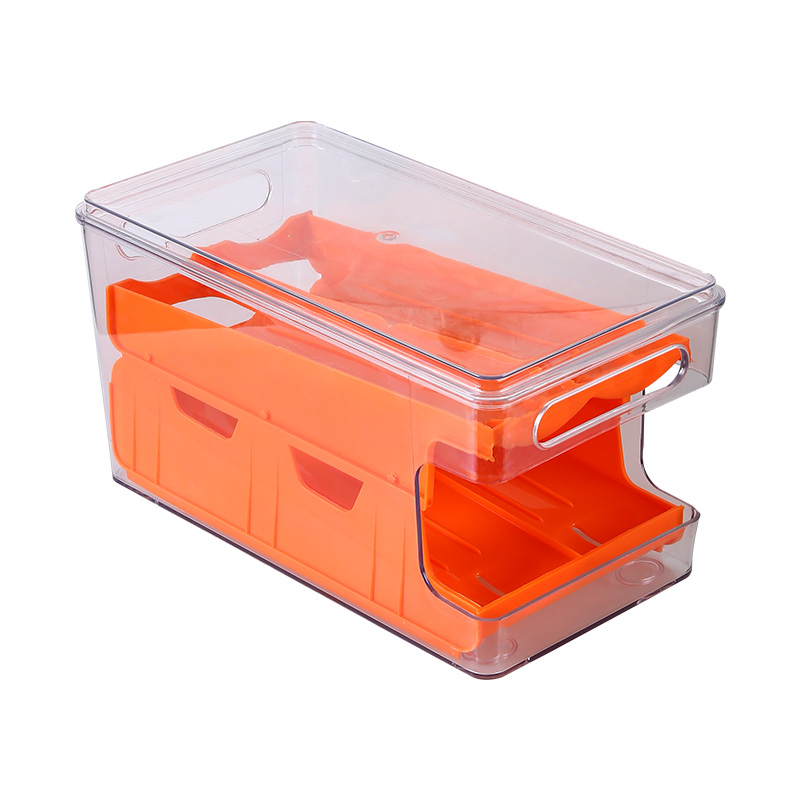
Dual-Layer Transparent Egg Storage Rack Eco-Friendly Slide-Type Household Kitchen
 English
English 中文简体
中文简体 Deutsch
Deutsch


